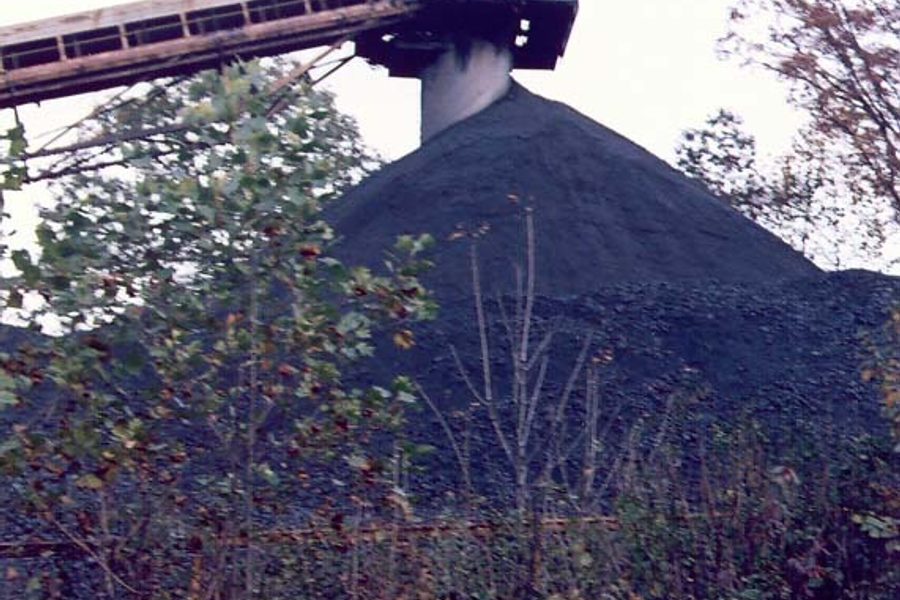
The former vice president was speaking in Madison to the Society of Environmental Journalists (SEJ) annual convention. The protesters were apparently largely members of the local college Republican club.
While many Republicans and industry groups have continued to oppose a climate bill, unions and the forces more typically lobbying for the well-being of workers — along with some major industry leaders— are largely behind a cap and trade climate bill.
They have accepted that a price will be put on carbon, meanwhile coal and power generation companies, union miners, IBEW members and others are hoping climate legislation will drive the generation of low-emission “clean coal.” (Many say there is no such thing, especially when the environmental and social toll of coal mining is taken into account.)
In February, the AFL-CIO and various unions joined with the industry group ACCCE (American Coalition for Clean Coal Energy) to announce “millions” of jobs could be created by clean coal technology. ACCCE was more recently exposed for fabricating “grassroots” opposition to a climate bill.
So-called “clean coal” — at least in terms of carbon dioxide emissions — is essentially dependent on the development of carbon capture and sequestration (CCS) technology. Various pilot projects are in the works, with millions invested in CCS research by the federal government and more investment promised in the Waxman-Markey House climate bill.
The United Mine Workers of America’s website says clean coal could result in a trillion dollars worth of economic output and create seven million man-years of employment.
But the potential of CCS is still a big question mark, especially the sequestration part. Reporters at the SEJ conference visited a carbon capture experimental project at a We Energies’ coal-burning plant near Milwaukee. The equipment needed to capture coal from just one percent of the plant’s flue gas (emitted after the coal is burned) made up a substantial part of the whole operation’s footprint and machinery.
Plant officials noted that increasing the amount of flue gas treated would not proportionally increase the size of the technology. Nonetheless, it is an extensive and expensive undertaking.
Then there’s sequestration. Carbon can only be sequestered in certain geologic formations, so operations in places like Wisconsin that don’t have saline aquifers, old oil wells or other under ground places fit for storing the compressed carbon would need to pipe or otherwise transport the carbon perhaps hundreds of miles for sequestration.
All of this leads coal critics to say it’s not a good idea, and resources should instead be invested in further developing wind and solar and the grid infrastructure improvements needed to facilitate the growth of these renewable energies.
Skilled, theoretically well-paying jobs should be created by either line of development — wind/solar/grid expansion, and/or “clean coal.”
But critics of coal say that even if mining jobs are retained and new engineering and manufacturing jobs created by clean coal, it is not worth it given the cost to the environment – from mining itself and the emissions from even “clean” coal-burning plants – and on miners’ health worldwide. In the U.S., coal miners still suffer from debilitating black lung disease, and say that the increasingly wild west, non-union nature of the industry has made safety conditions much worse.
In China, it seems each week brings another story of a deadly mine accident. (See many catalogued on poet/journalist Mark Nowak’s website.)
Kari Lydersen is a Chicago-based journalist, author and assistant professor at Northwestern University, where she leads the investigative specialization at the Medill School of Journalism, Media, Integrated Marketing Communications. Her books include Mayor 1%: Rahm Emanuel and the Rise of Chicago’s 99%.








